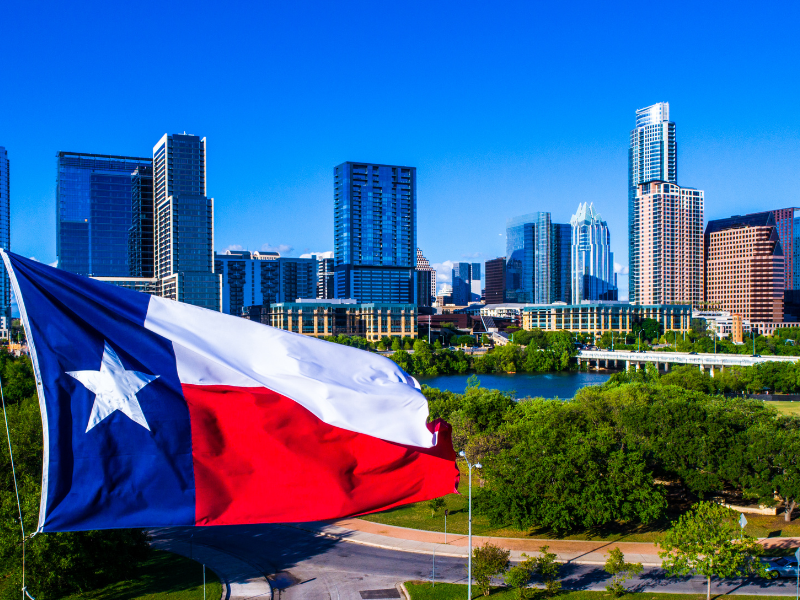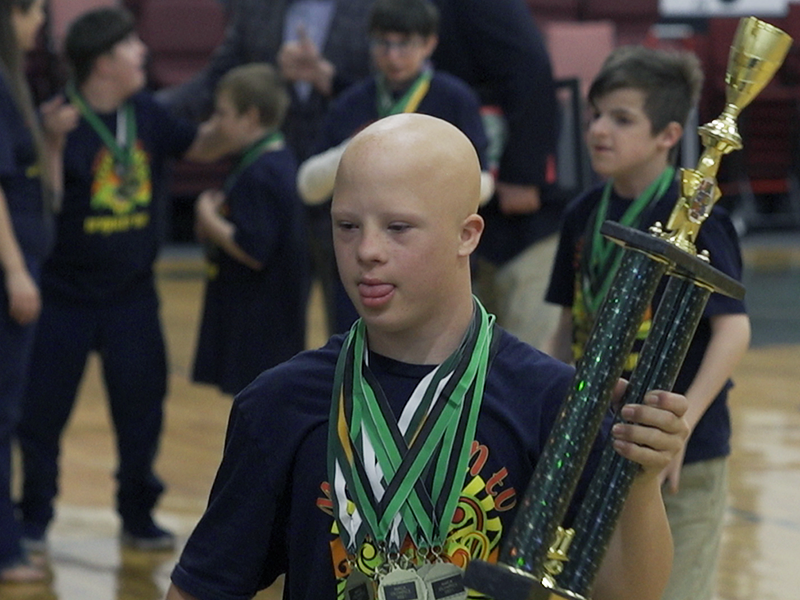
Still celebrating my father!
Still celebrating my father!

A celebration of fathers.
Since Father’s Day is upon us, I am sure many of you are thinking about the presence or lack thereof your father in your life. Hopefully some of you are thinking about the father that you are or want to become. No matter where you land, take it from an adult woman in her 50s that my dad still plays an important role in my life. He has long gone from this world—he passed in July 1997—but he impacts my decisions daily. He was an impact in my dating decisions, in my choice of who I married, and his influence continues to this day to guide me.
I am sure I sound like a daddy’s girl—and for the record I am! No one had a dad more special than mine. My dad was the type of man everyone loved. Whenever you asked him how he was doing, he would yell out “MAGNIFICENT!” I am the youngest of three girls. Everyone knew that I was his favorite. We both were the youngest of our siblings so we had a special bond. It wasn’t that my dad was a huge talker—in fact he was quite low key. However, he taught us a lot by his actions. He was a hard worker, he went to church regularly, and he was an entrepreneur. He loved Christmas and loved family. It is no coincidence that I married a man that is a lot like him and is also a great dad too!

FROM THE BLOG
ORIGINS OF THE GEORGIA CENTER FOR OPPORTUNITY
WHY WE CHOOSE TO FOCUS ON HEALTHY FAMILIES
As a root cause for poverty, we knew we had to focus on building healthy families if we wanted to help individuals flourish—and strengthen our communities and state.
A father’s impact cannot be understated
The reason that this is so important is because it speaks volumes about the man when he can still impact his daughter even when she is older. I suppose that remembrance can go both ways: While my dad has a positive impact on me, other women are living out the consequences of their dad not being present in their life. Research tells us that father-absent girls display a host of outcomes including increased sexual promiscuity, higher rates of teen pregnancy, and unhealthy relationships.
As we move into another year of celebrating fathers it is always great to remember the value a healthy relationship with your father can bring. While we know not all people have access to a father like I had, it is still something we can and should strive for. The stability and value of fathers is why we have a day to recognize them. We celebrate the role because we recognize the significance of it.
This is just another reason why I love working at the Georgia Center for Opportunity. We help those who do not have that foundation. We have workshops that help to give you a baseline of what is really important in life. You can reach us across all social media and maybe you would like to go one step further and let us know how your dad is still influencing your life. I would love to hear about him!












